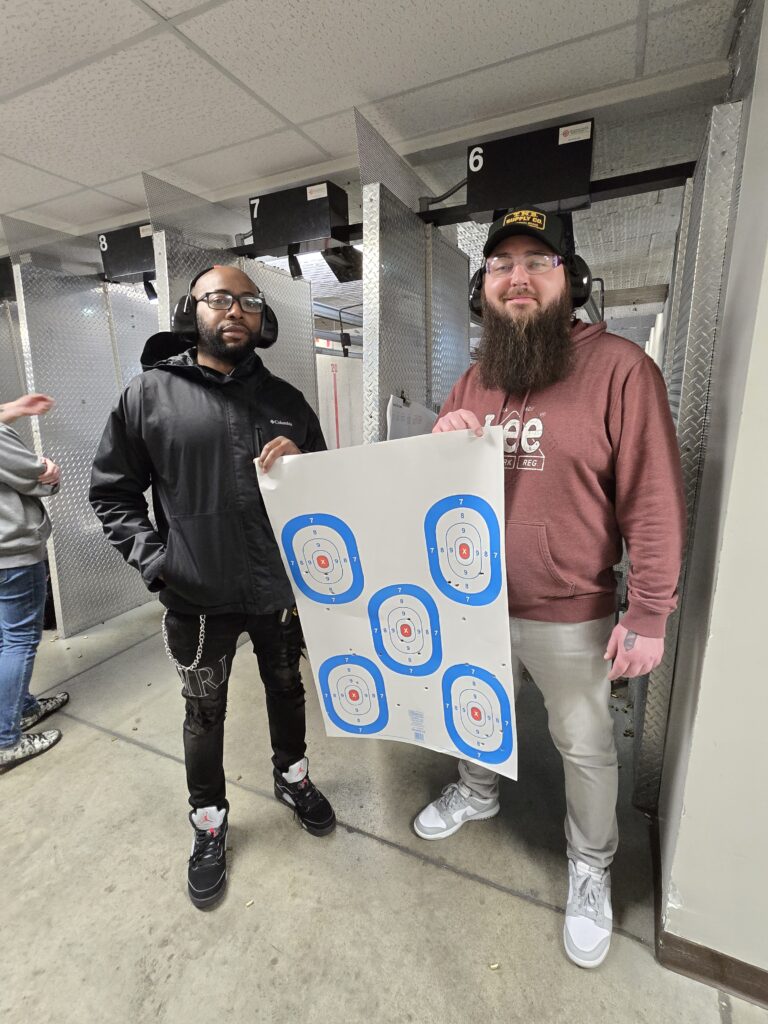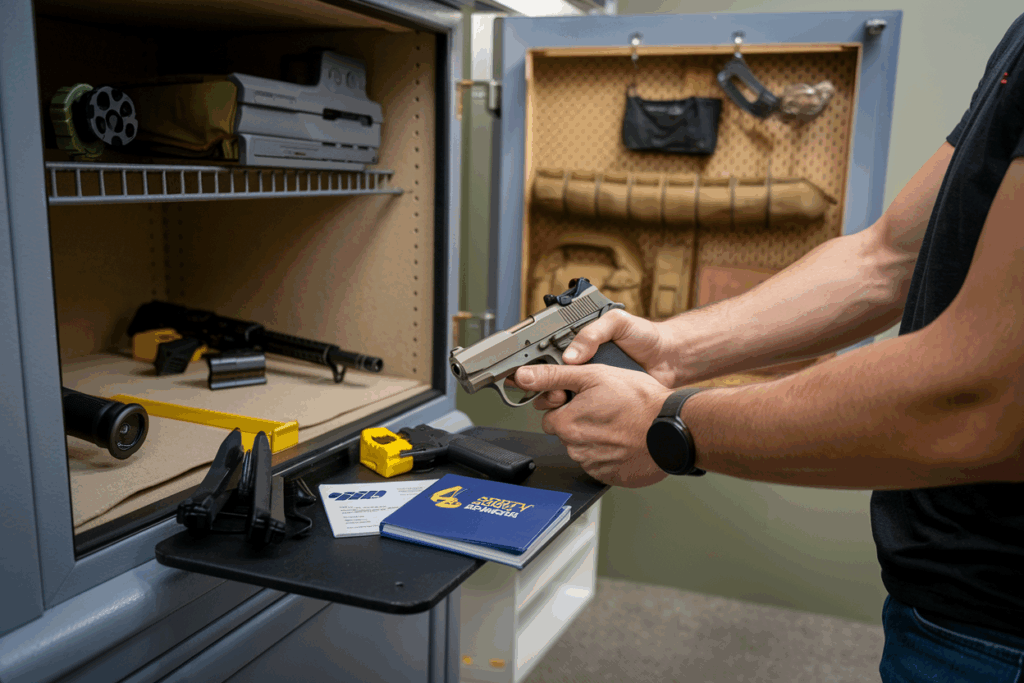
As the seasons shift and cooler weather approaches, it’s essential for firearm owners to ensure their equipment is ready for changing conditions. Whether you’re a recreational shooter, hunter, or professional marksman, colder temperatures can significantly impact your firearm’s performance and reliability. At The Shooting Academy, we understand the importance of thorough preparation. Here’s your comprehensive guide to preparing firearms for cooler weather.
Why Firearm Preparation for Cooler Weather Matters
Cooler weather introduces unique challenges such as increased moisture, temperature-related malfunctions, and ammunition sensitivity. Proper preparation can help prevent misfires, corrosion, and mechanical failures, ensuring your firearms function safely and efficiently throughout colder months.
1. Thorough Cleaning and Lubrication
Before temperatures drop significantly, thoroughly clean and lubricate your firearms to maintain functionality. Cold weather can thicken traditional lubricants, leading to sluggish performance or jams.
- Use a high-quality lubricant designed specifically for cold-weather conditions.
- Apply lubricant sparingly—excess amounts can attract dirt and moisture, causing malfunctions.
- Inspect and clean firing pins, bolts, and triggers meticulously to remove any residue or build-up.
2. Protecting Against Moisture and Corrosion
Colder weather often means increased moisture, which can cause rust and corrosion.
- Apply a protective coating or rust-preventative oil to your firearm’s metal surfaces.
- Use moisture-absorbing products or silica gel packets in storage cases to minimize humidity.
- Regularly inspect firearms for early signs of rust or corrosion and address them promptly.
3. Ammunition Considerations for Cooler Temperatures
Ammunition can behave differently in cold temperatures, affecting accuracy, velocity, and reliability.
- Store ammunition in a temperature-controlled environment to maintain consistent performance.
- Test ammunition in cooler conditions to understand how your firearm and ammunition interact in lower temperatures.
- Avoid exposing ammunition to rapid temperature changes, which can lead to condensation and moisture issues.
4. Adjusting Optics and Sights
Cooler temperatures can affect the accuracy and alignment of optics and iron sights.
- Zero your optics and sights in the temperature conditions you expect to experience.
- Inspect and tighten mounting screws regularly, as temperature changes can cause metal to expand and contract.
- Consider optics designed for cold-weather performance, with anti-fog and moisture-resistant coatings.
5. Cold Weather Handling and Operation
Your firearm’s handling characteristics can change in cooler weather, requiring specific attention.
- Practice operating your firearm with gloves to ensure safe and efficient handling.
- Use polymer or synthetic stocks and grips, which are less susceptible to cold-induced brittleness or cracking.
- Check the responsiveness of your firearm’s safety mechanisms and triggers in colder conditions to guarantee consistent functionality.

6. Storage and Transportation Tips
Proper storage and transportation become especially critical during cooler months to prevent damage and performance issues.
- Transport firearms in weather-resistant cases to protect them from moisture and sudden temperature shifts.
- Upon returning indoors, allow your firearm to reach room temperature gradually, reducing the chance of condensation forming on its surfaces.
- Store firearms in secure, climate-controlled environments to maintain optimal condition year-round.
7. Regular Inspection and Maintenance
Routine inspection becomes even more crucial during cooler months.
- Regularly inspect your firearms for functionality, paying close attention to moving parts, springs, and firing mechanisms.
- Schedule regular maintenance intervals throughout the cooler months to identify potential issues before they escalate.
8. Training and Preparedness
Being physically and mentally prepared for cooler weather shooting enhances safety and effectiveness.
- Practice shooting in cold conditions to become familiar with how your equipment and body respond.
- Understand the early symptoms of hypothermia and frostbite and take appropriate precautions during extended sessions outdoors.
9. Leveraging Professional Resources
Taking advantage of professional advice can further prepare you and your firearms for cooler weather.
- Attend workshops or training sessions specifically focused on cold-weather firearm use.
- Consult with experts, such as those at The Shooting Academy, to tailor your equipment and practices to the upcoming season.
Conclusion
Preparing your firearms for cooler weather ensures reliability, performance, and safety when temperatures begin to drop. By following these steps—cleaning and lubricating, protecting against moisture, considering ammunition behavior, adjusting optics, and practicing proper handling—you’ll be ready to meet the challenges of cooler conditions confidently. At The Shooting Academy, we’re dedicated to supporting you in all aspects of firearm safety, performance, and maintenance.
Contact us today to learn more about firearm maintenance, safety training, and how we can help you prepare for cooler weather shooting.
